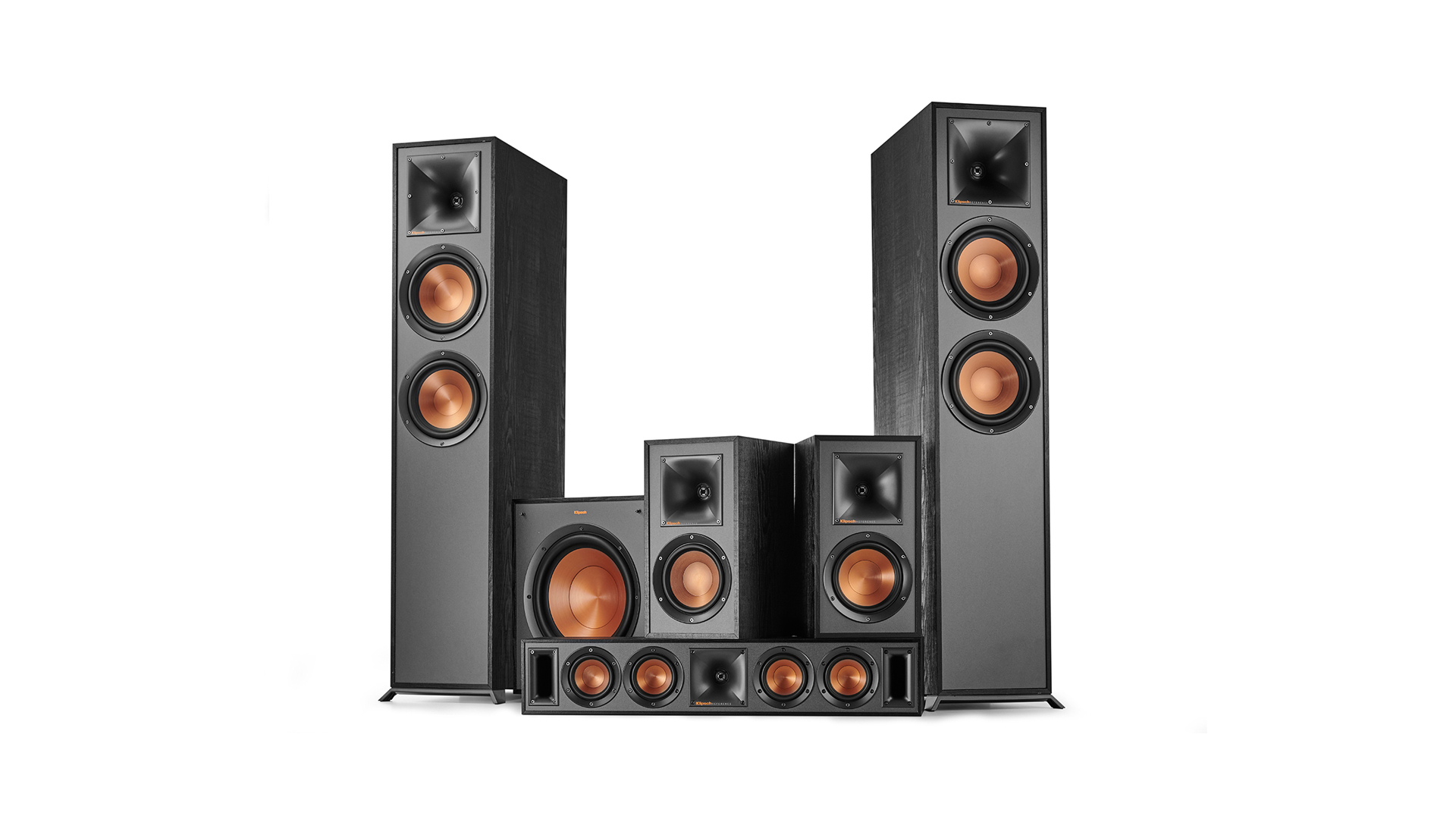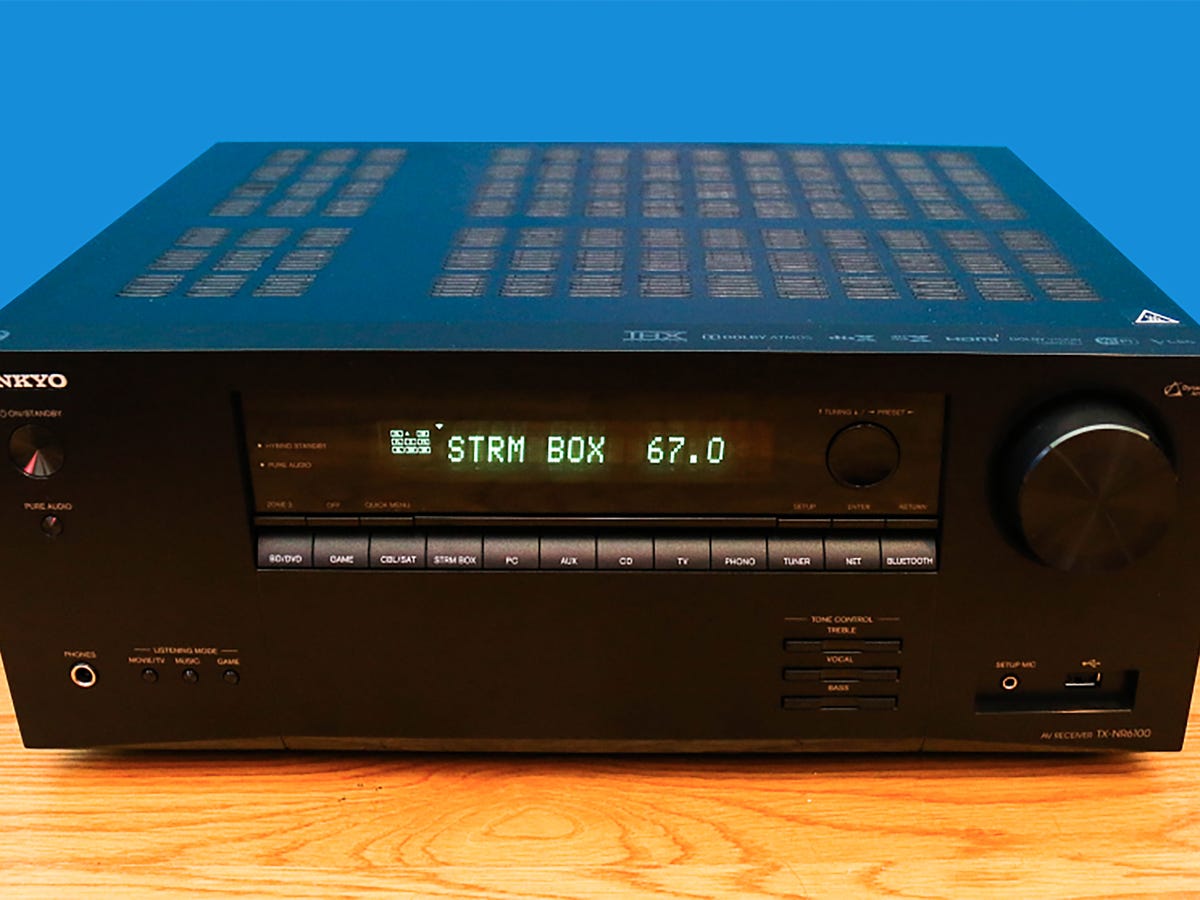
Sound for Gaming is the science, art, and technology of creating audio and integrating it into games and interactive media. This exciting, fast-paced and ever-changing field offers professionals a lot of pride and a sense if accomplishment as they strive to improve game audio.
Despite the many changes in the industry, there is still much that remains the same. Sound is an integral part of the gaming experience, and a great deal of thought and planning must go into designing and developing it.
Game Sound
Sound can help to immerse players into the environment. This can be done in many ways, but is most commonly accomplished with surround sound and spatial audio.

Surround sound creates a 3D effect which is immersive beyond stereo sound or even 7.1 surround sound. Surround sound gives a more real-life experience of being in a virtual setting, which allows a gamer to have a wider field of awareness and pinpoint the audio objects.
Spatial sound allows a player to follow the paths of characters as they move through space, and can be used to provide clues about where an object is located in the world. This is especially helpful for visually impaired gamers. They may not be capable of seeing a character or object, but they can hear it making a spatial sound in the game space.
It is also a way to keep a game engaging by inducing certain emotions or moods the developer wishes the player to experience while playing. This can be done by varying the music, the sound effects and voice over.
Racing games often feature upbeat, fast-paced electronic music. This is to encourage players to feel more motivated and ready to race. You can also hear the sounds of a driving simulator when you shift gears and when you brake or accelerate.

This type of sound is often called "game music".
The process of producing audio for a game starts with the design and development of each individual piece. This means that each sound stem or sound effect has to be designed and mastered with an appropriate base audio level and a seamless loop. This is a nonlinear process that can take hours and it is important to make sure the audio is triggered at the right time in the game engine and without delay or clicks or pops.
Once the audio has been mastery, it can be sent into the game engine. Or, an integrator can place it in the game by using code and configurations that trigger audio at the right time in the engine. This is the most popular way to get sound in a game. It is also the fastest, but can take a lot of time for the person who is putting the sound into the game.
FAQ
Can I use a mobile speaker instead of a full-blown home theater system.
Portable speakers work well for parties and outdoor events. You can even use them to entertain guests at your home.
They won't be as good as dedicated home theater systems. Portable speakers often lack high-quality components.
If you're planning on using your portable speakers outdoors, ensure they include waterproofing. They could be damaged if they are not waterproofed.
Which wireless surround sound system is best for TV?
Wireless speakers are great because you can move them where you want without worrying about power cords. Even models can connect wirelessly to any device, including smartphones, tablets, and laptops.
The problem with most wireless speaker systems is that they tend to be bulky and hard to set up. Amplification is usually required, which adds weight and bulk to overall package.
We recommend a wired surround sound system for those reasons. This allows for you to place your speakers exactly where you want, and keeps them out-of-sight.
For features, you want a system with Bluetooth connectivity and digital audio inputs like optical and coaxial. If you want to go crazy, consider adding a subwoofer too.
How do I set-up a home theater?
You must first understand the sound wave's path and how it interacts. This includes understanding how much bass, tone, and midrange frequencies are found in each object.
The best way to determine this is to listen to music on various devices and make a note of which ones produce the most noticeable distortion.
Once you know the distortion levels for each device you will be able better to determine where speakers should go.
In general, placing them close together produces lower distortion and higher fidelity. Placement is also important.
You might want to try multiple speakers in one room to create an immersive experience.
You can even go the extra mile and surround yourself with speakers.
There are two main types of speaker systems, passive and active. Passive systems consist of a subwoofer and a few smaller speakers placed throughout a house.
They tend to be easier to install because they lack moving parts. They can distort easily if they are placed too close together.
Active systems consist of an active system that has a large subwoofer located underneath the TV screen. These speakers can produce the best sound quality, but they are expensive and not practical for most homes.
An alternative is to purchase a receiver which connects passive and active speaker. These receivers are equipped with amplifiers to ensure the audio signal is received evenly by all speakers.
However, these receivers aren't cheap, so unless you plan to replace your entire setup, they might not be worth the investment.
No matter the type of speaker system, ensure it is correctly installed.
If you don't know how to do this, ask someone who does!
What type of speakers should I use for my living area?
If you're looking for something that will provide high-quality audio, you may consider using bookshelf speakers.
These speakers can be small or large depending on the size of your room.
Most people prefer bookshelves because they offer an excellent bass response. The more bass you have, the better your overall sound.
It is easy to put together and use. They must be plugged into the wall socket.
The subwoofer, another popular choice among audiophiles, is also a great option. These speakers produce deep bass sounds that can enhance the performance of your home entertainment system.
As long as you are willing to spend a little more, you can find a subwoofer for your living room.
However, keep in mind that subwoofers aren't suitable for every room. Subwoofers may not fit in a room that is very large or narrow.
Nonetheless, this shouldn't be a concern. There are other options such as ceiling speakers or bookshelves.
Which stereo system is best?
Stereo is great to hear music and movies. Surround sound is more engaging and immersive when used in home entertainment systems. The sound quality of TV has improved significantly, if you have been paying attention to it lately.
Surround sound allows you to hear sounds simultaneously from different directions. This creates a space where each channel adds depth, dimension and dimension to the overall experience.
A sense of place can be created by surround sound. One example is that you might feel like your right next to the action. By placing speakers at different locations in the room, you can focus the audio in any direction. This gives the illusion that you are there.
Surround sound allows for a more natural listening experience. When you listen to music or watch a movie, you tend to turn your head back and forth, trying to find the best spot. To find the perfect spot, surround sound will make you lean forward or backward.
Surround sound is a richer, more detailed experience. So if you're planning on upgrading your home theater system, make sure you use surround sound instead of stereo.
What is the most powerful sound system available on the market today?
For any home entertainment space, a great audio system is crucial. You'll be missing the most important part of your home theater if your speakers don't deliver the sound quality you need.
A great sound system creates a full-bodied, rich listening experience. It doesn't matter whether you opt for surround sound or compact speakers, there are many important factors to consider in choosing a soundsystem. These factors include size, frequency response and power handling.
The size of your space will determine which type of speaker system you need. In general, small rooms require smaller speakers. Sometimes larger rooms may require bigger speakers. Consider how much room you have between the ceiling and floor and where you plan to place the speakers.
Another important element to be aware of is frequency response. Frequency response refers to the frequency range that each speaker reproduces. Most systems have two channels: left/right (L/R) and front/back (FR/RB). Each channel covers a certain area of spectrum. When choosing speakers, make sure they have similar coverage.
The speaker's power handling is the amount of wattage it produces. Some speakers produce more power than others. Consider models that meet your needs and budget.
For maximum performance, make sure you connect them to your amplifier. You should connect your speakers directly to your amp using a direct connection. You should keep your volume below 50 percent to prevent damage to your speakers.
Statistics
- Extra 20% off sitewide - Dyson promo code 2022 (wired.com)
- Amazon is likely to release new models very soon (there is an event on September 28), so you should wait until that event is over to buy. (wired.com)
- 10% off all sitewide purchases + (wired.com)
- According to Henriques, the sound system has also played an influential role in the global influence of Jamaican music internationally. (en.wikipedia.org)
- As of winter 2017, it is estimated by NPR and Edison Research that 39 million Americans (16% of the population over 18) own a smart speaker. (en.wikipedia.org)
External Links
How To
How do wireless speakers get power?
Wireless speakers come in two varieties; battery-powered and plug-in powered. Both require external power. Powering them is easy because there is usually a wall socket nearby. However, it is important to plan ahead for wireless power.
Wireless speaker systems typically rely on batteries or solar panels to provide power. These devices require a charger as they have a limited range. Your device will lose power if it is moved away from its charging station.
You can avoid this problem by designing your home entertainment system so that it runs on rechargeable battery power. These devices are more durable than regular batteries and easier to install.
This setup also allows you to place your equipment where you choose. For example, you could set up your system next to your bed and listen to music while you fall asleep. Or, you could mount your speakers under your kitchen cabinets and play music when you cook dinner.
Make sure you know how long it takes for each component to be fully charged. While your amplifier may take three hours to fully charge, your Bluetooth receiver may take just 30 minutes. It is important to account for any downtime.
You can use both wireless and wired components together. A wireless transmitter can be used to move your speakers around your home.
As a general rule, it is best to buy products that can work together. For example, consider buying an amplifier and Bluetooth receiver simultaneously. They should fit into one another's slots to maximize their combined features.